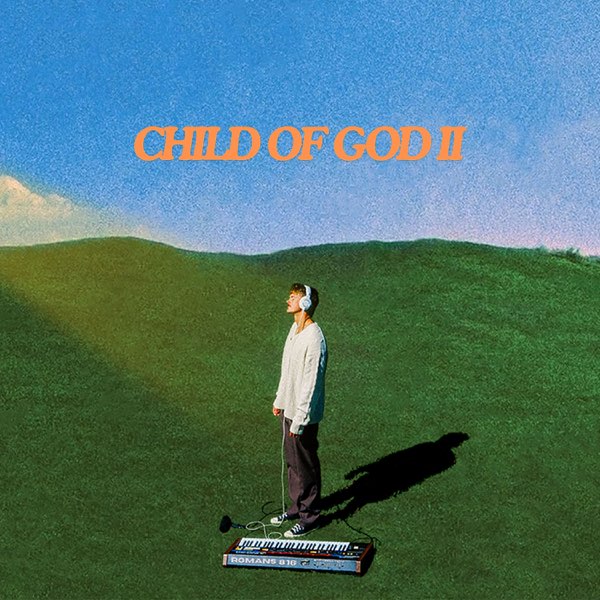Do you remember playing house as a young child: building forts, dressing up and making the storyline up as you go?
Even if the heels were 10 sizes too big and the necklace brushed the ground, imagination would make up for it. For a moment you were transported to a different world. A world where you were the king, the princess or the dragon.
Playing house doesn’t stop once the heels actually fit. Because now that same girl wears those heels to go see a movie. For two hours she is transported to a different world. But this time she does not have to do any of the work. This time the set designer builds the forts, the costume designer dresses the characters up, the script is already written and it is all neatly displayed on a large screen. All she must do is buy a ticket and take a seat.
During some movies, viewers can just sit back and relax, while other times they are laughing the whole way through. But some movies are so emotionally exhausting that it takes viewers a few hours to wrap your head around what they just experienced.
“Catching Fire” is one of those movies. Based off the book by Suzanne Collins and the sequel to “The Hunger Games,” the movie transports viewers to a futuristic world full of extreme government control due to an earlier revolution.
However, since the previous annual Hunger Games, a nationally-televised event hosted by the government where kids fight to the death, the government’s system of control has been slowly shattering. The Hunger Games are meant to invoke fear and remind the people that they cannot overcome the government but two teenagers’ act of defiance stemming from their supposed love for each other has sparked hope in the people. Katniss and Peeta, both victors of the 74th Annual Hunger Games, are now realizing the effect they had on the country when they convinced the government that they would rather both die than kill each other.
It is suspenseful, terrifying, promising and extremely realistic. The first time I saw the movie I was either on the edge of my seat in anxiety or sitting back in shock as tears rolled down my face. I was, for two hours, transported to Katniss and Peeta’s world. It was as if I was with them. Yet in reality, the experience was entirely fake. It is a movie: a big production shown on a big screen. I was just sitting in a movie theater; there was stale popcorn under my feet and someone texting in front of me. Though the emotional roller coaster that I had just been thrown on was not fake.
Movies evoke feelings and start thought trains.
For the two hours that viewers endure the uncomfortable seats and smell of popcorn butter, movies are intensively laboring to make the viewers believe. To make them believe that the world they have been transported to could indeed exist.
It goes back to everything you do as a kid, playing house: the fort made of blankets and furniture and the dress-up borrowed from your parents’ closet.
The costumes in “Catching Fire” are brilliant. Each character’s disposition is illustrated through their style, which was compiled by costume designer, Trish Summerville.
Katniss’s hunting outfit from the very first scene includes a coarse wool one-shouldered cowl over a tan leather jacket with denim pants and the picturesque Katniss boots. It is a plain and hardy look: one that both Katniss and Peeta exhibit throughout the movie. It is a look that screams ‘hardcore’ and reflects their district’s hard work through their hardships.
Effie Trinket, Katniss and Peeta’s spokeswoman, is known for her unique outfits. Almost every one of Effie’s outfits includes a very structured and unusual dress with a tight core and short skirt, tall heels and some sort of eye catching detail. While her outfits look very abnormally put together, they lack a comfortable aspect, which not only embraces Effie’s personality but also her inner turmoil. Effie often is conflicted with her job to be happy and presentable as a government representative and also her motherly love for Katniss and Peeta as she watches the government destroy their lives.
With every change in character, with every change in mood, with every change in experience—there is a change in fashion. The costume design in “Catching Fire” not only mirrors the movie but enhances it. It is one of the many mechanisms working to make the viewer believe in the story presented.
Because if you believe in the story, in the world, in the movie, then maybe you will think differently.







